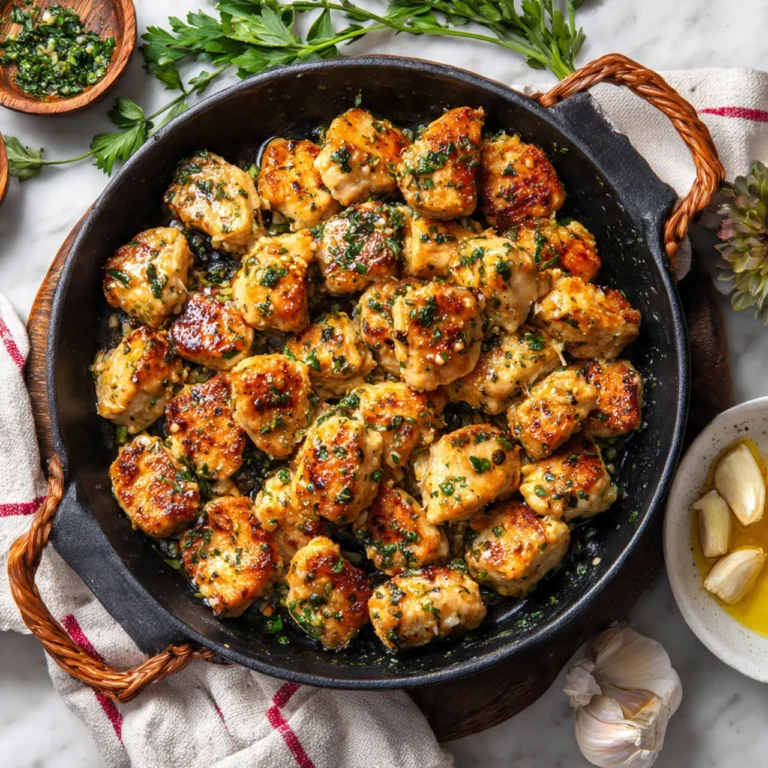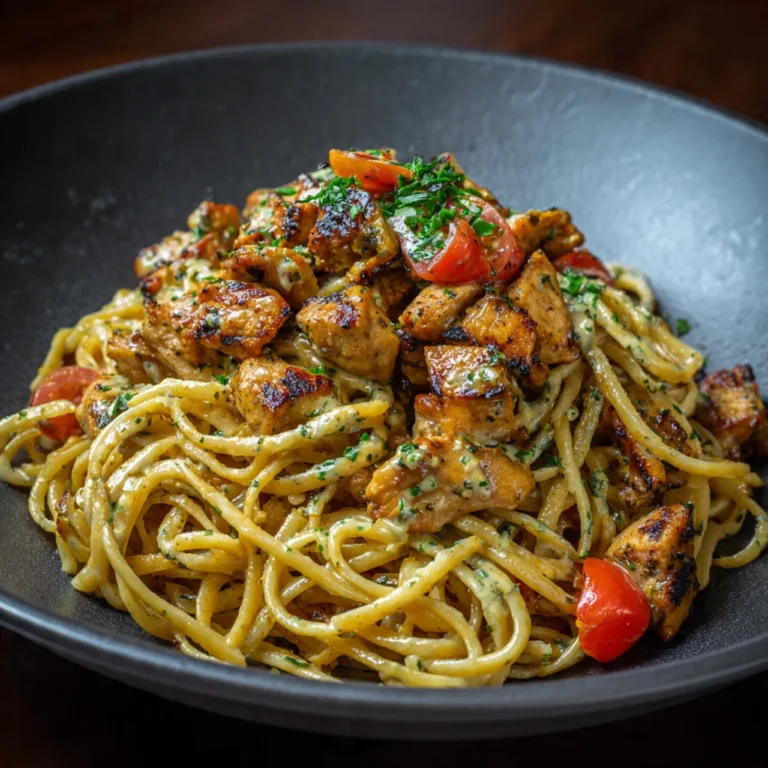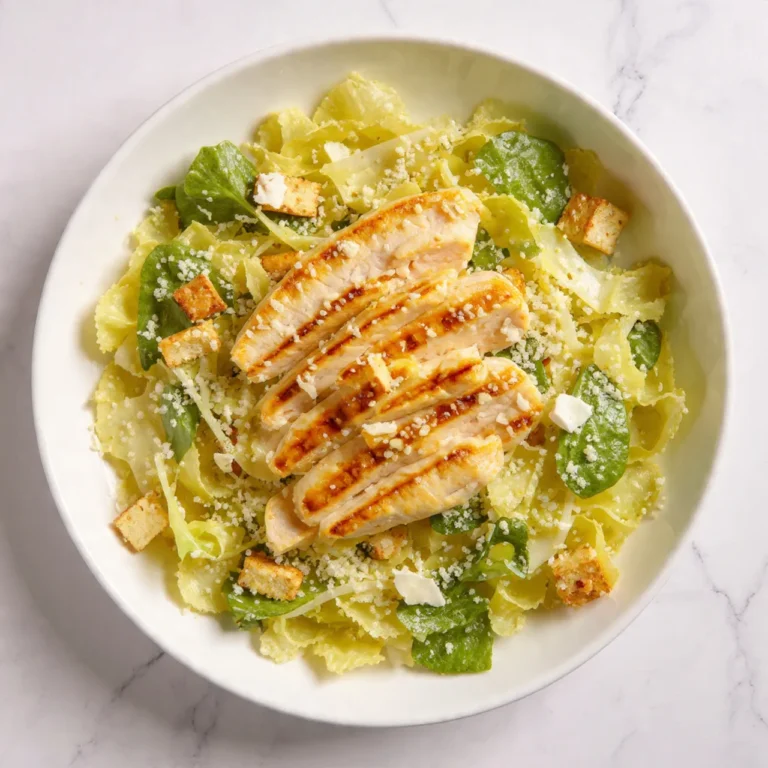Nothing completes a Thanksgiving or holiday meal quite like a rich, velvety turkey gravy from drippings. It’s the golden, savory finishing touch that ties everything together—from mashed potatoes and stuffing to the beautifully roasted turkey itself. In this comprehensive guide, you’ll learn everything you need to know about making the perfect gravy from scratch, using the flavorful pan drippings from your roast.
Whether you’re a first-time holiday host or a seasoned cook looking to refine your technique, this post will walk you through every step of creating a smooth, deeply flavorful gravy that will have your guests coming back for seconds.
Why Turkey Gravy from Drippings Is So Special
When you roast a turkey, something magical happens at the bottom of your roasting pan. The fat, juices, and caramelized bits—called fond—combine to form the foundation of an incredibly rich, umami-packed sauce. Unlike gravy made from store-bought broth or bouillon, gravy made from drippings carries the exact flavor of your turkey, perfectly seasoned and roasted to golden perfection.
Benefits of Making Gravy from Drippings
- Flavor: Nothing compares to the depth of flavor drippings add.
- Sustainability: You’re using every part of the turkey—zero waste!
- Customization: Control the thickness, saltiness, and seasoning to your liking.
- Authenticity: Traditional holiday flavor at its best.
Ingredients You’ll Need
To make homemade turkey gravy from drippings, you only need a few simple ingredients, most of which are already part of your turkey roasting setup.
Basic Ingredients:
- Pan drippings from a roasted turkey (including the fat and juices)
- All-purpose flour (for thickening)
- Turkey or chicken broth (preferably homemade or low-sodium)
- Salt and pepper, to taste
Optional Flavor Boosters:
- Butter – for richness and shine
- Fresh herbs (thyme, sage, rosemary) – for aromatic depth
- White wine or dry sherry – for complexity
- Onion, garlic, or shallots – for a deeper base flavor
- Cream or half-and-half – for extra luxurious texture
Step-by-Step Instructions
Step 1: Collect the Drippings
After roasting your turkey, remove it from the pan and set it aside to rest. Don’t discard the juices and browned bits at the bottom of the pan—those are your liquid gold!
Pour the drippings into a large heatproof measuring cup or fat separator. Let it sit for a few minutes so the fat rises to the top.
Step 2: Separate Fat from Juices
Spoon off (or pour out, if using a separator) about ¼ cup of the fat. This will be the base for your roux. Keep the remaining juices—these contain the roasted flavor essence of your turkey.
Step 3: Make a Roux
In a medium saucepan, heat the reserved turkey fat (or substitute butter if needed) over medium heat. Once hot, whisk in an equal amount of flour—typically ¼ cup fat to ¼ cup flour.
Cook the roux for 2–3 minutes, whisking constantly. The mixture should become smooth and slightly golden. This step cooks out the raw flour taste and develops a nutty flavor that enhances your gravy.
Step 4: Add the Pan Juices and Broth
Gradually whisk in the turkey drippings (minus the excess fat), followed by 2–3 cups of warm turkey or chicken broth. Continue whisking as you pour to avoid lumps.
Let the mixture simmer over medium heat until thickened—about 5 to 7 minutes. If your gravy becomes too thick, whisk in more broth a little at a time until you reach your desired consistency.
Step 5: Season to Taste
Once your gravy has thickened to perfection, taste it. Add salt, freshly ground black pepper, and any optional ingredients like herbs or cream. If it’s too salty, add a bit more broth to balance it out.
Step 6: Strain for Smoothness
For an ultra-smooth finish, strain your gravy through a fine-mesh sieve to remove any bits of skin or herbs. Serve it warm in a gravy boat.
Pro Tips for Perfect Turkey Gravy from Drippings
- Deglaze the pan: Before transferring drippings, add a splash of wine or broth to your roasting pan and scrape up the browned bits. These contain tons of flavor!
- Avoid lumps: Always whisk continuously when adding liquid to your roux.
- Adjust the thickness: Too thin? Simmer longer. Too thick? Add broth.
- Taste as you go: Drippings can vary in saltiness, so seasoning at the end is key.
- Keep it warm: If you make your gravy ahead, reheat it gently on the stove and whisk before serving.
Common Mistakes to Avoid
Even experienced cooks can run into trouble with gravy. Here are a few pitfalls to avoid:
- Lumpy gravy: Caused by adding liquid too quickly or not whisking enough. Always add broth gradually.
- Greasy gravy: Results from using too much fat or not skimming properly. Use a fat separator if possible.
- Bland gravy: Make sure to deglaze the pan and use flavorful broth for depth.
- Too salty: Start with low-sodium broth—remember, drippings are naturally salty.
How to Fix Gravy Problems
If it’s too thin:
Mix 1 tablespoon of cornstarch with 2 tablespoons of cold water and whisk it into the simmering gravy until it thickens.
If it’s too thick:
Whisk in small amounts of warm broth or water until the texture is smooth and pourable.
If it’s too salty:
Add a splash of cream, unsalted broth, or a pinch of sugar to balance flavors.
Variations on Classic Turkey Gravy
1. Creamy Herb Gravy
Add ½ cup of heavy cream and a handful of chopped fresh herbs after thickening for a luxurious, fragrant twist.
2. White Wine Gravy
Deglaze the pan with ½ cup of dry white wine before adding broth. It creates a tangy, elegant flavor.
3. Giblet Gravy
Simmer the turkey giblets (neck, heart, gizzard) in water with onions, celery, and herbs for an hour. Chop the meat and stir it into the gravy for an old-fashioned touch.
4. Make-Ahead Gravy
Roast turkey wings in advance and make gravy days before the big meal. Just reheat with drippings on Thanksgiving Day for a stress-free feast.
Pairing Ideas: What to Serve with Turkey Gravy
Gravy isn’t just for turkey—it’s the perfect companion to many side dishes. Here are a few delicious ideas:
- Mashed potatoes – The classic duo everyone loves.
- Stuffing or dressing – Adds moisture and flavor.
- Roasted vegetables – Drizzle gravy over carrots, parsnips, or Brussels sprouts.
- Biscuits or dinner rolls – Use as a dipping sauce for extra indulgence.
- Turkey sandwiches – Make leftovers even better with warm gravy.
How to Store and Reheat Turkey Gravy
Storage:
Cool completely before transferring to an airtight container. Store in the refrigerator for up to 3–4 days or freeze for up to 3 months.
Reheating:
Warm gently in a saucepan over low heat, whisking constantly. If it’s too thick after chilling, add a splash of broth or water to loosen it.
Nutrition Facts (Approximate per ¼ cup)
- Calories: 70
- Fat: 5g
- Carbohydrates: 4g
- Protein: 2g
- Sodium: 150mg
Frequently Asked Questions (FAQs)
1. Can I make turkey gravy without drippings?
Yes! Use butter and turkey or chicken broth to make a roux-based gravy. Add roasted turkey flavor by simmering with herbs or a roasted turkey wing.
2. What if I burned my drippings?
If the drippings are too dark or smell burnt, skip them—use store-bought broth instead and enhance it with a splash of soy sauce or Worcestershire sauce for depth.
3. Can I make it gluten-free?
Absolutely. Replace flour with cornstarch or a gluten-free flour blend. The texture will be just as silky.
4. Can I freeze gravy?
Yes! Cool it first, pour into freezer-safe containers, and leave space for expansion. Reheat on low and whisk until smooth before serving.
Final Thoughts: The Heart of Every Holiday Table
Making turkey gravy from drippings is more than just a cooking task—it’s a tradition. It brings warmth, nostalgia, and the irresistible aroma of the holidays into your kitchen. With the tips, techniques, and variations in this guide, you’ll have all the tools to create a gravy that’s smooth, flavorful, and unforgettable.






